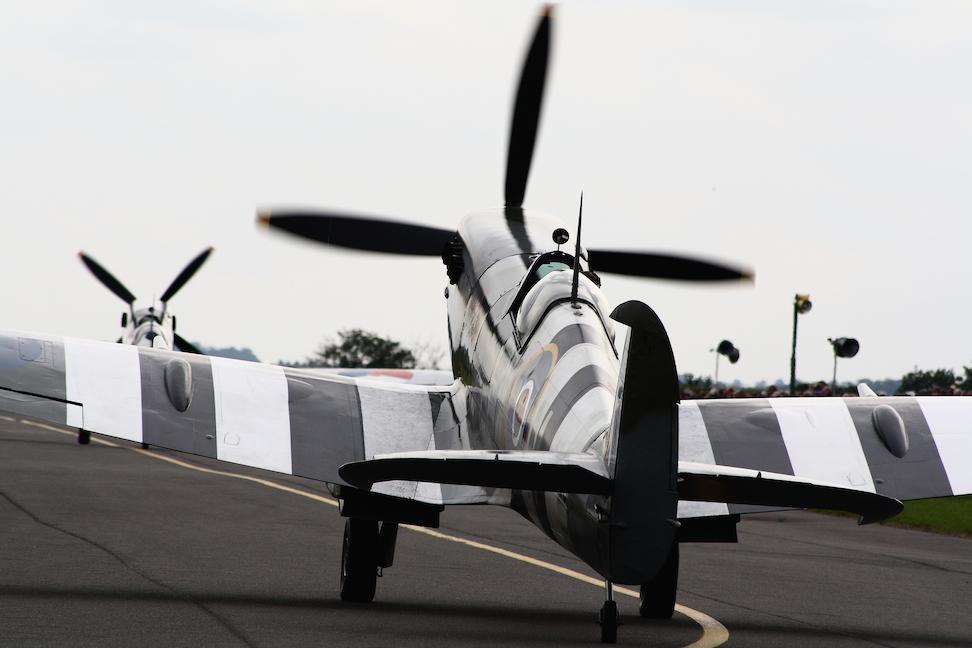The Boeing B-29 Superfortress was a four-engine propeller-driven heavy bomber that was flown by the United States Military in World War II and the Korean War, and by other nations afterwards. The name "Superfortress" was derived from that of its well-known predecessor, the B-17 Flying Fortress, and carried on a series of names for Boeing-built bombers followed by the B-52 Stratofortress.
The B-29 was one of the largest airplanes to see service during World War II. A very advanced bomber for this time period, it included features such as a pressurized cabin, an electronic fire control system, and remote controlled machine-gun turrets. Though it was designed as a high-altitude daytime bomber, in practice it actually flew more low-altitude nighttime incendiary bombing missions. It was the primary aircraft in the American firebombing campaign against the Empire of Japan in the final months of World War II, and carried the atomic bombs that destroyed Hiroshima and Nagasaki. Unlike many other bombers, the B-29 remained in service long after the war ended, with a few even being employed as flying television transmitters for the Stratovision company. The type was finally retired in the early 1960s, with 3,960 aircraft in all built.
Subsequent improvements led to the USAF B-50 Superfortress.

